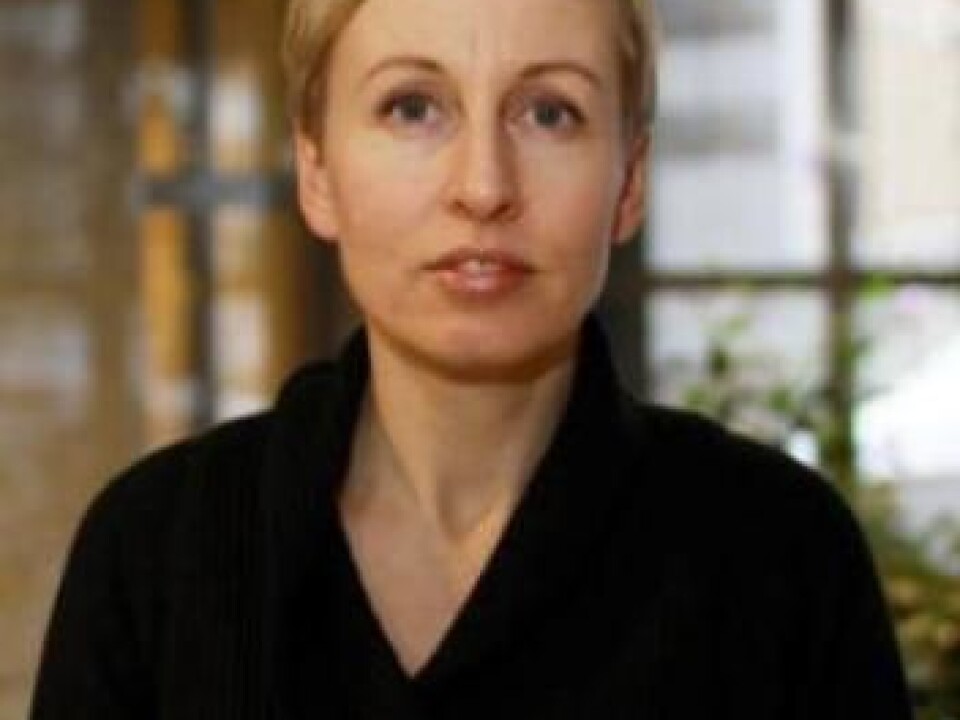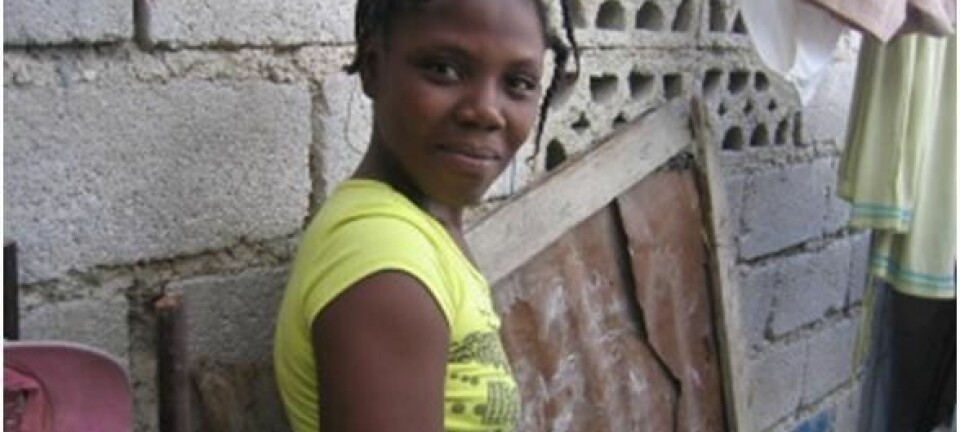An article from KILDEN Information and News About Gender Research in Norway

Researchers assume traditional gender roles
A new report shows that female researchers put themselves in a less advantageous position than their male colleagues.
Denne artikkelen er over ti år gammel og kan inneholde utdatert informasjon.
“Women write far fewer peer reviews in journals and sit less often on evaluation committees for doctoral degrees,” says Cathrine Egeland of the Work Research Institute (AFI).
The imbalance between men and women in academic positions at universities and university colleges is highlighted in a new report entitled Time use, work hours and time conflicts in the Norwegian university and university college sector. The report was written by Cathrine Egeland and Ann Cecilie Bergene, a senior researcher at the Work Research Institute, on commission from the Ministry of Education and Research.
Fight for career in the evening
“Researchers build their careers by publishing, doing peer reviews, sitting on evaluation committees, participating at international conferences and cooperating on project proposals. These activities can be counted to get a measurable result. This is what we’ve done, and we found that on the whole women participate in these activities less often than men,” says Egeland
The most extreme numbers show that 41 percent of the women in the study said they had not done a single peer review in the previous year, whereas 31 percent of the men had done more than five peer reviews in 2010.

“What is the reason for this pronounced difference?”
“Men work much more than women outside of what we call regular work hours. They often sit down in the evening and work. Women, however, tend to work from eight to four – that is, at the time of day when their research activity has to compete the most with teaching and administrative duties,” says the research director.
“If you’re going to build a career in research, though, it’s outside of regular work hours where the fight for career advancement happens,” emphasizes Egeland.
Men have traditional partners
“Why don’t the women conduct research in the evening?”
“We can’t point to isolated reasons, but our study gives us reason to ask whether women more than men assume the traditional role of caregiver outside of regular work hours. We find this if we look at the work hours of the researchers’ partners. We did this in our study by isolating the position category of associate professor. This is both because it’s is a large group in the study and because we assumed that they want a career path leading to professor status, and thus are highly motivated to pursue their careers,” explains the researcher.
“We found that the female associate professors were most often married to men who work more than they themselves do. Three of four male associate professors have partners who work on average less than 44 hours per week. The situation is almost the exact opposite for female associate professors. Over half of the women have partners who work on average more than 45 hours per week, and 40 percent have partners who work on average over 50 hours per week. At the other end of the scale, only one-fourth of the female associate professors have partners who have regular work hours, meaning on average less than 39 hours,” explains Egeland.
Female researchers in the traditional mother role
“If we include children, the traditional gender role pattern becomes even clearer. Over half of the male associate professors with children from the ages of 0 to 10 years have partners who have an average work week (less than 40 hours per week),” says Egeland.
“In comparison, 30 percent of the female associate professors with children in the same age group have partners who work over 50 hours per week. A disheartening seven percent of the male associate professors are in the same situation as these women,” says the research director.
“But isn’t it a common belief that the well-educated middle-class is more gender equal than other families?”
“Well, yes and no. You would think that these are people who are oriented towards gender equality, but we found that the woman adapts to the man’s efforts at career advancement. We don’t know why – but it’s a pattern that we observe,” says Egeland.
“If we include children, the traditional gender role pattern becomes even clearer,” says Egeland. (Illustration: iStockphoto)
Strict expectations of women
“Do you have any theories that can explain this?”
“It’s natural to assume that cultural and social expectations, and to motherhood in particular, are still different than the expectations about fatherhood.”
“Can men and women’s academic preferences explain anything?”
“We know that there are hierarchies of disciplines in academia and that women have the tendency to end up in less prestigious fields than men. At the same time, we know from studies of specific highly educated groups such as lawyers, MBAs and civil engineers that men and women in general don’t have different preferences or career ambitions. These are people who are genuinely interested in their fields and who want to make a career for themselves in the sector. But when they start families, the men pull out ahead of the women,” says Egeland.
Theories about position type and inclusion
“It’s also common to link the gender differences in the sector with the various position categories,” continues Egeland. “For example, we know that women are more likely to have teaching-based positions and that they are clearly in the minority when it comes to professor positions. This creates career conditions for women that are different than those for men.”
“Other theories posit that women are less involved in academic networks and that quite simply they aren’t asked or invited to participate in these activities – maybe because they have shorter work days and thus are regarded as less dedicated than the men. It might also be the case that people recruit from their own ranks. But these are only theories, and we need more research in the area to ascertain the causal connections,” emphasizes Egeland.
“But we’re talking about a privileged group in society. Then it’s reasonable to ask whether this is actually a social problem,” Egeland adds.
More research needed
“Is it a social problem?”
“Not necessarily, but if the goal is that the expertise and talent found in the population as a whole are used to benefit society, then it is a social problem that women still seem to be systematically passed by or that they choose themselves to leave the sector,” responds Egeland.
“This should absolutely be studied more. It’s not enough just to send out questionnaires. We need more qualitative studies. We must ask what is happening and why it’s happening,” says Egeland.
Translated by: Connie Stultz

































